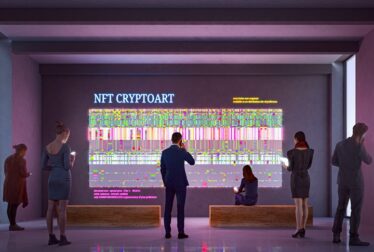1 – A more direct route
The serendipity of the 2000s is well behind us. If you like to stroll the aisles, to be surprised by a product that was not on your shopping list, the bad news is that you are a boomer! The survey reveals that young people go straight to the point. They prefer to entrust their shopping journey to an application, enter their shopping list and then be guided directly to the right shelves (67% of 18-24 year olds and 63% of 25-34 year olds). If all roads lead to Rome, young people want to take the shortest one!
2 – A more automated route
Digitalisation has not only become inseparable from shopping today, it has become the essential driver. Now, 1 in 2 French people say they are interested in new digital solutions to simplify the shopping process, such as online shopping with in-store collection or automatic checkouts that scan the contents of their trolley. No more emptying the trolley to pay the price. This will have the merit of relieving your arms or those of the cashiers, unless their disappearance is already programmed?
3 – A more flattering experience
If there was any doubt, the “Me Myself and I” narcissism, amplified on social networks, is now contaminating the shopper experience. Millennials, and even more so GenZ, are interested in a unique, luxury-style shopping experience via an in-store appointment (66% of 18-24 year olds and 64% of 25-34 year olds). Is this a post-Covid reading bias, linked to the new habits of making appointments that encourage social distancing? Or rather the desire for individual recognition at the slightest act of purchase, because we would like to choose an Eastpack bag as if we were choosing a Kelly Hermès, pampered in a private salon. Whatever the case, young people want something more than to queue anonymously with a shopping trolley on a Saturday afternoon.
4 – More virtual fittings
Mirror my beautiful mirror, am I the best made up in the virtual kingdom? Rather than testing beauty products on their skin, younger people prefer to use augmented reality mirrors to try out beauty products virtually (71% of 18-24 year olds and 62% of 25-34 year olds). The same applies to ready-to-wear clothing: young people clearly prefer to avoid the constraints of the real world and avoid trying on products in shop (69% of 18-24 year olds and 60% of 25-34 year olds). This confirms the importance of digitalisation in retail innovation and the investment challenges for brands to progressively transform the shopping experience.
5 – Social networks, vectors of proximity
Younger people also tell us about the evolution of the relationship with brands. With an interest of over 50% for the under 35s, communication with a brand or its salespeople must go through social networks like WhatsApp or Messenger. By extension, the sales force sees its missions evolve with a new contribution.
The survey allows us to understand these changes, which require considerable investment. Purchasing departments will therefore be in the front line to arbitrate and promote the projects that are most likely to meet consumers’ new expectations.
Based on these lessons, it also seems crucial to innovate within the agencies that accompany brands in their “customer marketing” issues. These new behaviours by the new generations require a creative as well as technological breath. This implies a stronger link between the creative teams and the engineers who develop the shopping technologies of tomorrow. This should lead buyers and marketing teams alike to carefully consider these synergies among their service providers.


